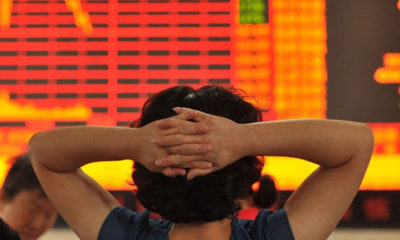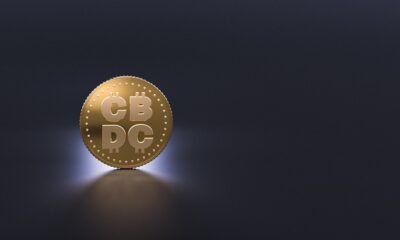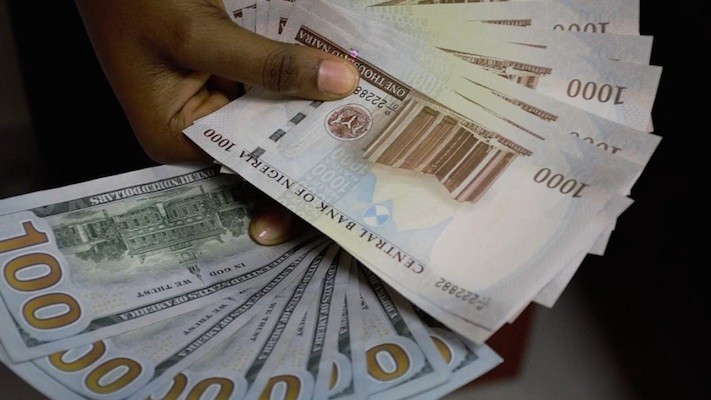Australia’s official unemployment rate has fallen to 5.6 per cent, despite the Bureau of Statistics estimating the loss of 3,900 jobs last month.
The headline jobless rate is now at its lowest level since the Coalition formed government under Tony Abbott’s leadership in September 2013.
The seemingly contradictory result stems from a steep fall in the proportion of the adult population in work or looking for it – the participation rate – from 64.9 to 64.7 per cent in August.
The decline in the number of people working also saw a fall in monthly hours worked, which eased by 3.9 million to 1,656 million hours.
That is despite the Bureau of Statistics saying that the census data collection would have added to hours worked last month.
“Of the majority of the persons who were employed for the census, most already had another job, but worked more hours during the month,” explained the program manager of the ABS Labour and Income Branch, Jacqui Jones.
Capital Economics has estimated that the census may still have boosted the employment numbers by around 10,000, meaning the fall in jobs was quite a bit bigger than it looked.
There was some good news in the seasonally adjusted data’s detail, however, with an estimated 11,500 full-time positions added, while it was 15,400 part-time jobs that were lost.
Although, Capital Economics said that figure is also likely to have been skewed by the 49,000 people temporarily employed to work on the census in August.
Because many of those people had existing part-time jobs, the extra census work would have pushed some into the category of being employed full-time.
ABS says trend of part-time jobs, underemployment continues
However, the less volatile trend figures, which are preferred by the ABS and most economists, show that the shift towards part-time employment is continuing.
“The latest labour force release shows continued strength in part-time employment growth, with the majority coming from increasing male part-time employment,” Ms Jones said.
Since December 2015, there are now around 105,300 more persons working part-time, compared with a 21,500 decrease in those working full-time.”
This rise in part-time work is also showing through in the underemployment rate, with a 0.3-percentage-point rise to 8.7 per cent of the workforce who would like more hours of work than they are currently performing.
That has put the quarterly labour force underutilisation rate – which combines those unemployed with those who are not getting as much work as they want – at 14.3 per cent, up 0.1 of a percentage point.
Commonwealth Bank economist Gareth Aird said the underemployment rate is now at a record high, which explains a few underperforming aspects of Australia’s economy.
“This indicates that there is plenty of spare capacity in the labour market,” he observed.
“It underpins both incredibly weak wages growth and below target inflation.”
The trend unemployment figure showed a steady labour market, with the jobless rate stuck at 5.7 per cent.
Economists surveyed by Bloomberg were typically expecting unemployment to remain steady at 5.7 per cent, with around 15,000 jobs added.
The Australian dollar dropped around 0.2 of a cent to 74.6 US cents shortly after the 11:30am (AEST) data release, with the disappointing detail outweighing the headline drop in the unemployment rate.

 Billionaire Watch3 weeks ago
Billionaire Watch3 weeks ago
 Startups4 weeks ago
Startups4 weeks ago
 News4 weeks ago
News4 weeks ago
 News4 weeks ago
News4 weeks ago
 Bitcoin4 weeks ago
Bitcoin4 weeks ago
 Naira4 weeks ago
Naira4 weeks ago
 Forex3 weeks ago
Forex3 weeks ago
 Treasury Bills4 weeks ago
Treasury Bills4 weeks ago
























